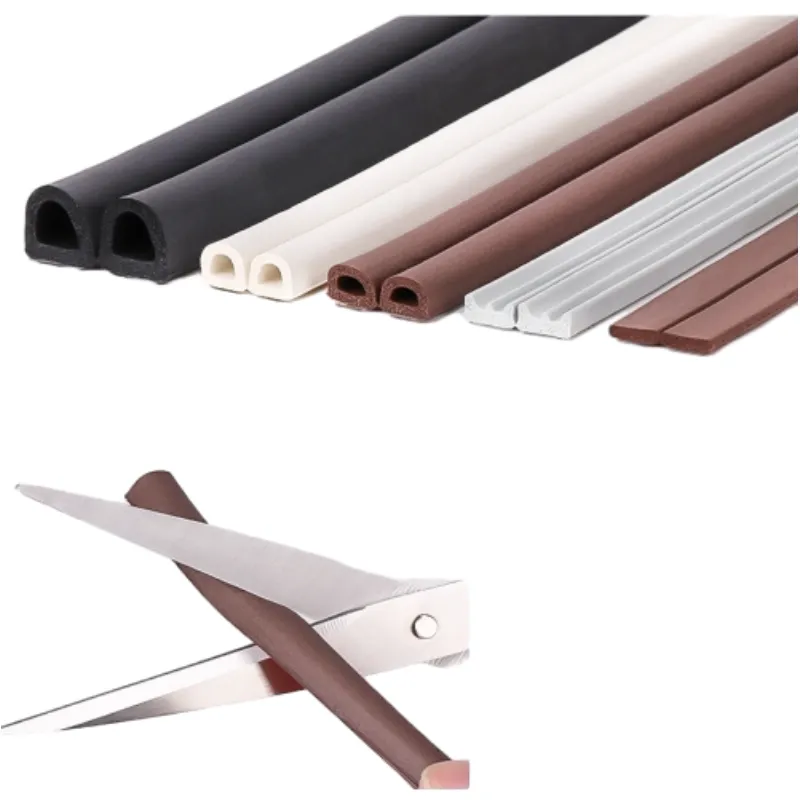car door weather seal
Understanding Car Door Weather Seals Essential Protection for Your Vehicle
When it comes to maintaining the longevity and comfort of your vehicle, one often overlooked component is the car door weather seal. These seals, typically made from rubber or foam, play a pivotal role in ensuring that your car remains a safe and comfortable environment for you and your passengers. Let's delve into the importance of these seals, their functionality, and how to maintain them.
What is a Car Door Weather Seal?
A car door weather seal is a protective strip that lines the edges of your car doors, windows, and trunks. Its primary purpose is to prevent water, air, dust, and noise from entering the vehicle. Typically constructed from durable materials like rubber or polyurethane, these seals are designed to withstand varying weather conditions while providing a snug fit around the doors.
The Importance of Weather Seals
1. Water Resistance One of the most critical functions of weather seals is to keep water out of your vehicle. During rainstorms or snow, these seals prevent water from leaking into the interior of your car, which can lead to mold, mildew, and electrical issues. A compromised seal can lead to expensive repairs, making it essential to check them regularly.
2. Noise Reduction Think about how peaceful your drive would be without the roar of wind or the sound of road noise seeping through your windows. Weather seals greatly contribute to a quieter cabin environment. When they are in good condition, they help to insulate against external noises, enabling a more enjoyable driving experience.
3. Temperature Control Weather seals also play a crucial role in maintaining the car's internal temperature. By preventing cold air from entering in the winter and keeping hot air out in the summer, these seals can help your heating and air conditioning systems work more efficiently, leading to improved fuel efficiency.
4. Dust and Debris Barrier Dust and debris can quickly build up inside a car, making it uncomfortable for passengers. Effective weather seals keep these particles from entering through gaps, ensuring a cleaner environment.
Signs of Wear and Tear
Like any component of a vehicle, weather seals can wear out over time. Here are some signs that they may need replacing
car door weather seal

- Visible Cracks or Breaks Inspect the seals for any visible damage. Cracks, splits, or hardened sections are signs that the seals are no longer effective.
- Water Leaks If you notice water pooling on the floor of your car after a rain, it’s a sign that your weather seals may be compromised.
- Excessive Wind Noise Increased noise from the outside can indicate that the seals are not providing the necessary insulation.
Maintenance Tips
To extend the life of your car door weather seals, consider the following maintenance tips
1. Regular Cleaning Use a mild detergent and water to clean the seals regularly. This removes dirt that can cause wear.
2. Conditioning Applying a rubber conditioner can keep the seals flexible and prevent cracking as they age.
3. Inspection Periodically inspect your seals for signs of wear and replace them as needed. Replacing worn seals can significantly enhance your driving experience.
Conclusion
Car door weather seals may not always be at the forefront of your mind when considering car maintenance, but they provide essential protection against the elements and enhance your driving experience. By understanding their importance and maintaining them properly, you can ensure that your vehicle remains in excellent condition for years to come. Don't neglect these small but mighty components; they are your first line of defense against the unpredictable elements!
-
Under Door Draught Stopper: Essential ProtectionNewsJul.31,2025
-
Garage Door Seal and Weatherstrips for ProtectionNewsJul.31,2025
-
Edge Banding Tape for Perfect EdgesNewsJul.31,2025
-
Table Corner Guards and Wall Corner ProtectorsNewsJul.31,2025
-
Stair Nose Edging Trim and Tile Stair SolutionsNewsJul.31,2025
-
Truck Bed Rubber Mats for Pickup BedsNewsJul.31,2025
-
Window Weather Stripping for Noise ReductionNewsJul.29,2025